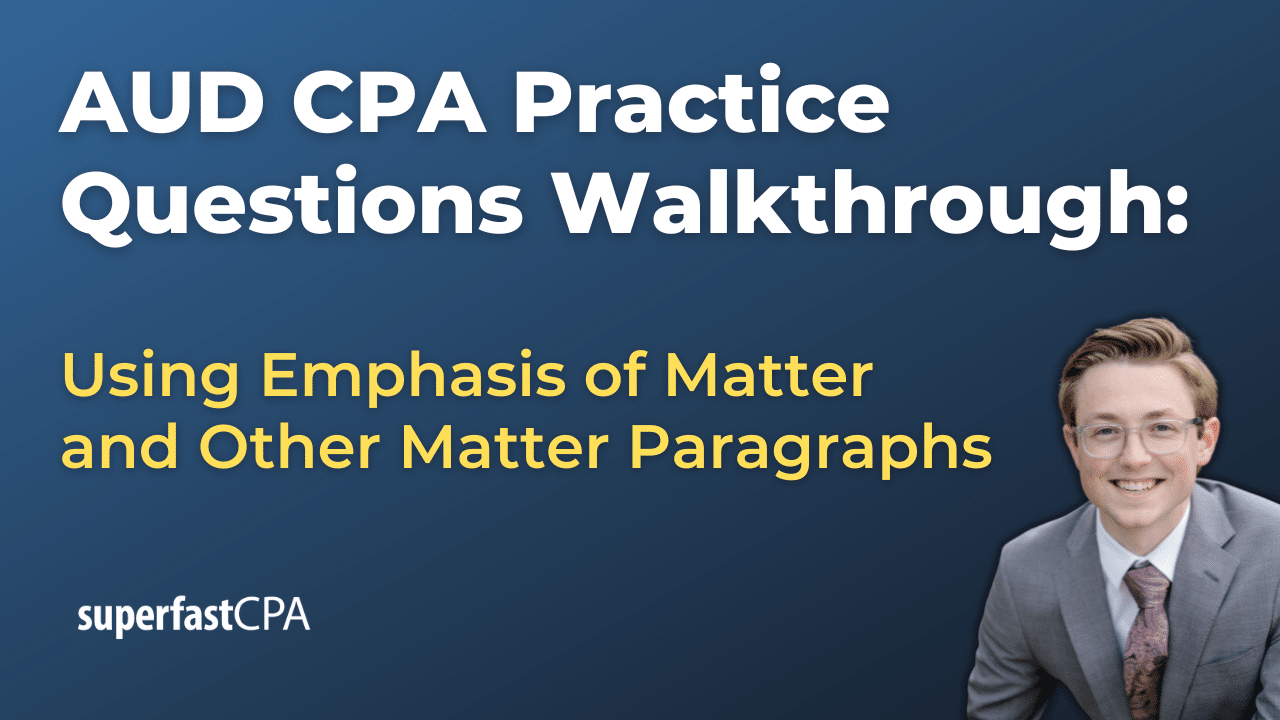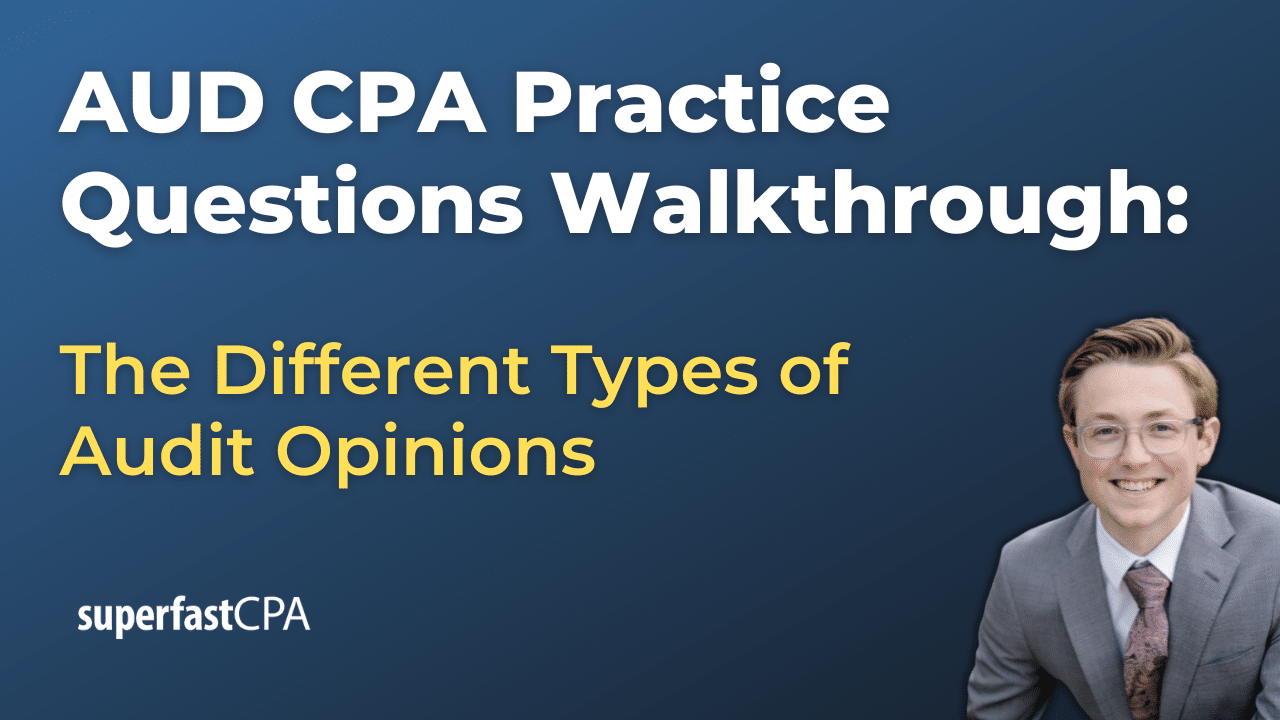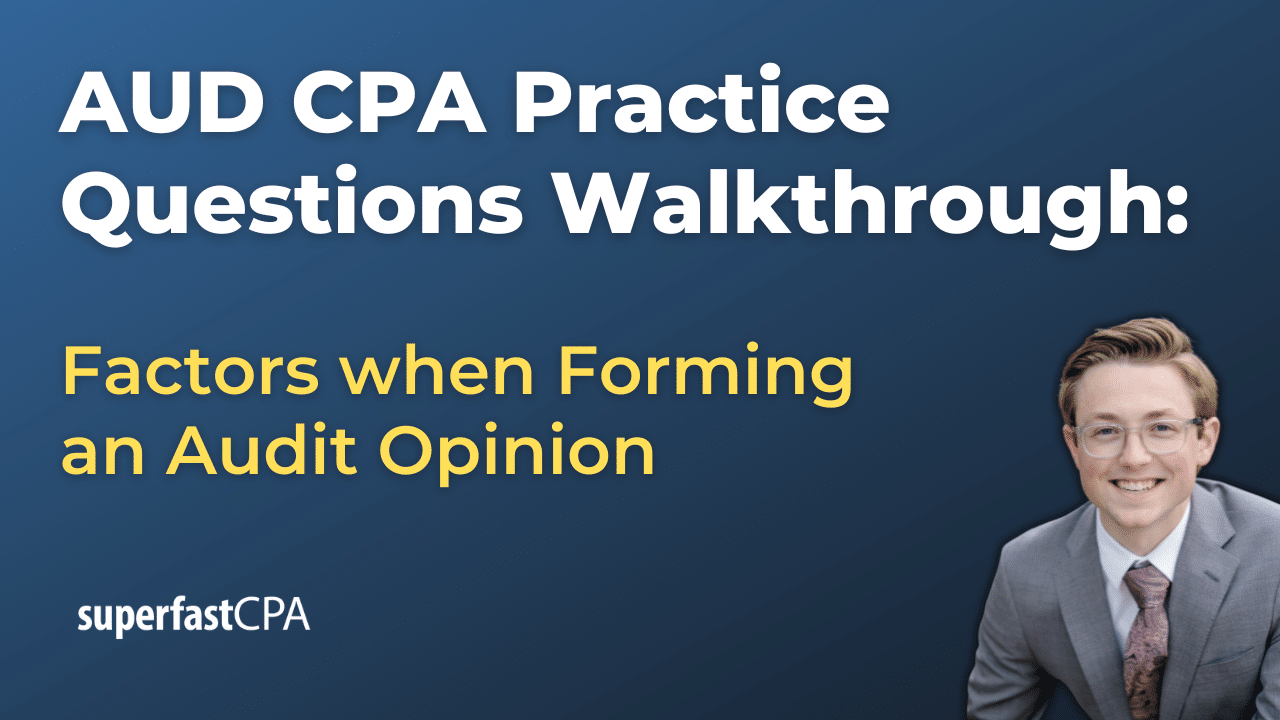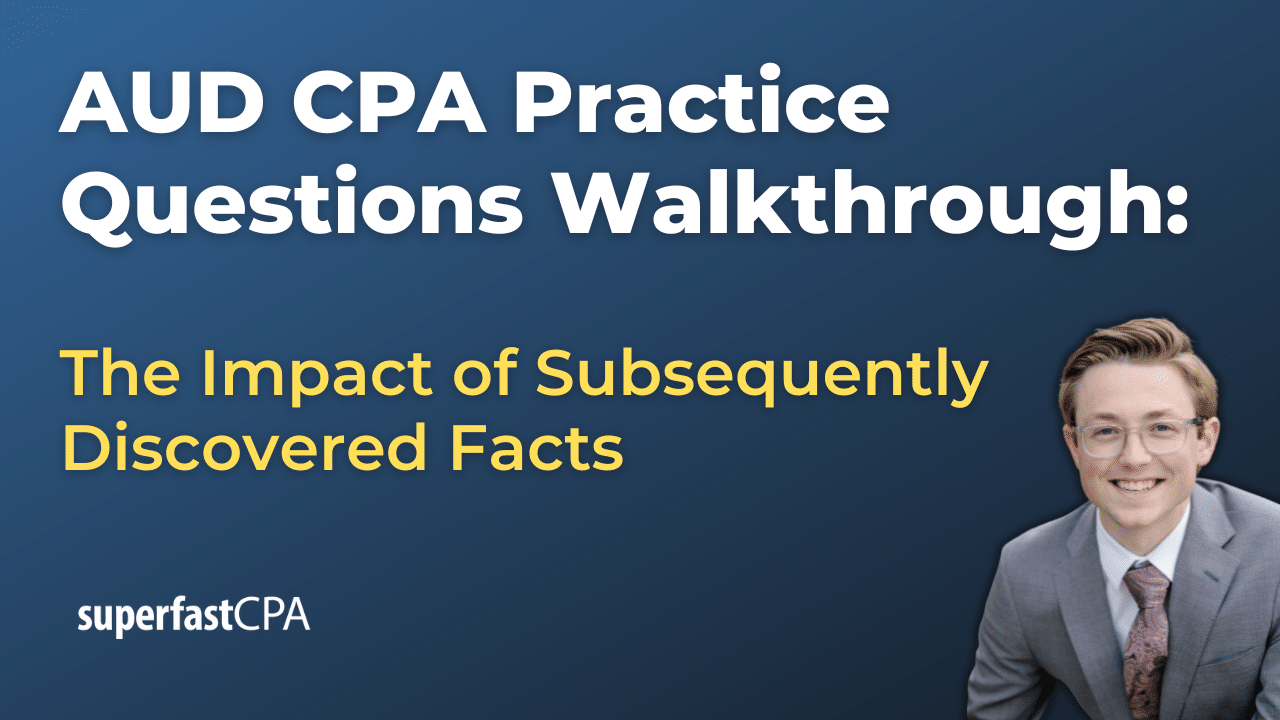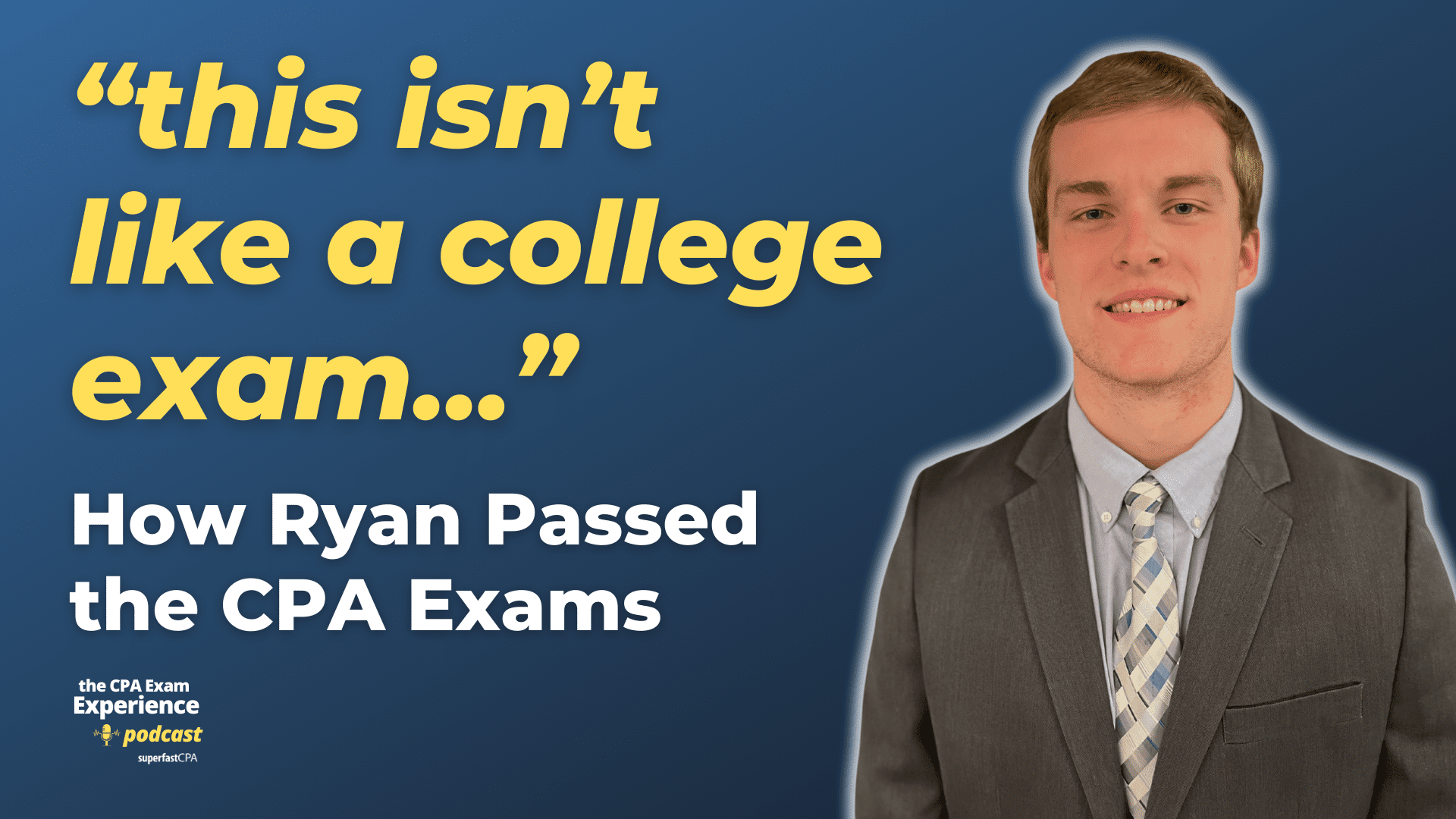Difference Between the Direct Write-off Method and the Allowance Method
The Direct Write-off Method and the Allowance Method are two different approaches used to account for uncollectible accounts or bad debts in accounting. The main differences between the two methods are related to timing and the adherence to the matching principle in accounting.
- Direct Write-off Method: In this method, an account receivable is written off directly as an expense when it is deemed uncollectible. This means that bad debt expense is recognized only when a specific account is identified as being uncollectible. This method does not attempt to estimate bad debts and therefore violates the matching principle because it doesn’t match the bad debt expense in the same period that the revenue from the sale was recognized.
- allowance method: On the other hand, the allowance method estimates uncollectible accounts at the end of each period. This provides a better measure of receivables’ expected realizable value on the balance sheet and ensures that expense recognition is matched with the related revenue recognition. In the allowance method, an “allowance for doubtful accounts” is created which is a contra-asset account (an account which offsets the balance in another account). When a specific account is identified as uncollectible, it is written off against this allowance account, not as a bad debt expense. If actual bad debts differ from the estimate, the allowance account is adjusted accordingly in the subsequent period.
While both methods ultimately reduce accounts receivable and recognize a bad debt expense, the timing and approach are different. In practice, the allowance method is more commonly used because it adheres to the matching principle and is in accordance with Generally Accepted Accounting Principles (GAAP). However, the direct write-off method might still be used for tax purposes or by smaller businesses with few receivables.
Example of the Difference Between the Direct Write-off Method and the Allowance Method
Let’s consider a business that extends credit to its customers and experiences occasional bad debts.
Direct Write-off Method Example
In March 2023, the business provides services to Customer A worth $1,000, recording it as an account receivable. However, by December 2023, it becomes apparent that Customer A will not be able to pay the outstanding invoice due to bankruptcy.
Using the Direct Write-off Method, the business would record the following entry in December 2023:
- Debit Bad Debts Expense: $1,000
- Credit Accounts Receivable – Customer A: $1,000
This recognizes the bad debt expense only when it’s certain that the debt is uncollectible. However, the bad debt expense in December is not matched with the revenue recognized in March, thus violating the matching principle.
Allowance Method Example
Now, let’s say the business estimates that 1% of its credit sales of $500,000 in 2023 will be uncollectible. The business would record the following entry at the end of 2023:
- Debit Bad Debts Expense: $5,000 (1% of $500,000)
- Credit Allowance for Doubtful Accounts: $5,000
The Allowance for Doubtful Accounts is a contra-asset account that offsets Accounts Receivable, effectively reducing the carrying amount of receivables to their expected collectible amount.
Later, if a specific customer’s account, say Customer B owing $1,000, is identified as uncollectible in February 2024, the business would record:
- Debit Allowance for Doubtful Accounts: $1,000
- Credit Accounts Receivable – Customer B: $1,000
This writes off the specific uncollectible account, reducing both the accounts receivable and the allowance without affecting the bad debt expense at the time of write-off.
The Allowance Method ensures that the bad debt expense is estimated and recognized in the same period as the related revenues, adhering to the matching principle. If actual bad debts differ from estimates, the allowance can be adjusted in future periods.


